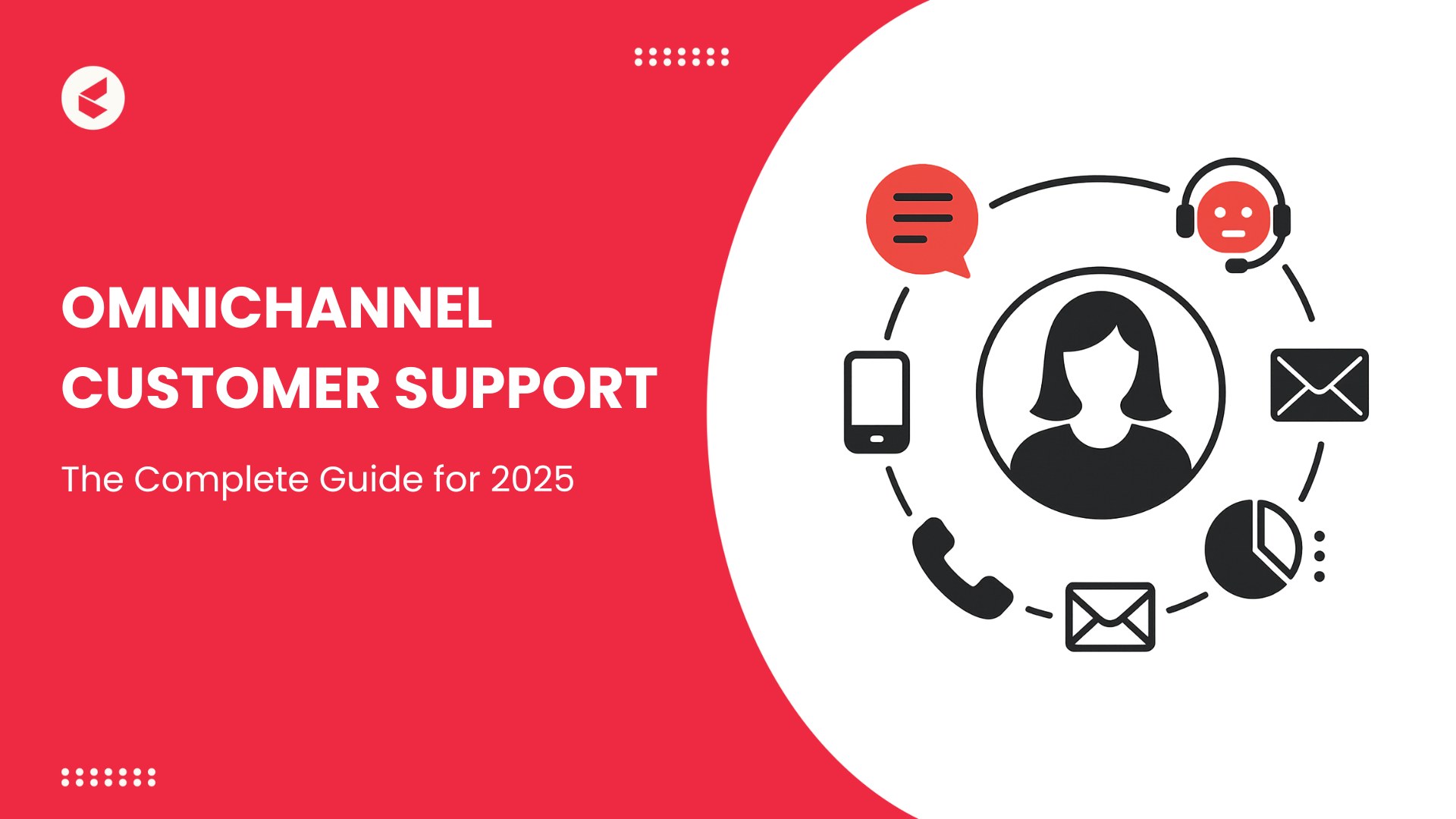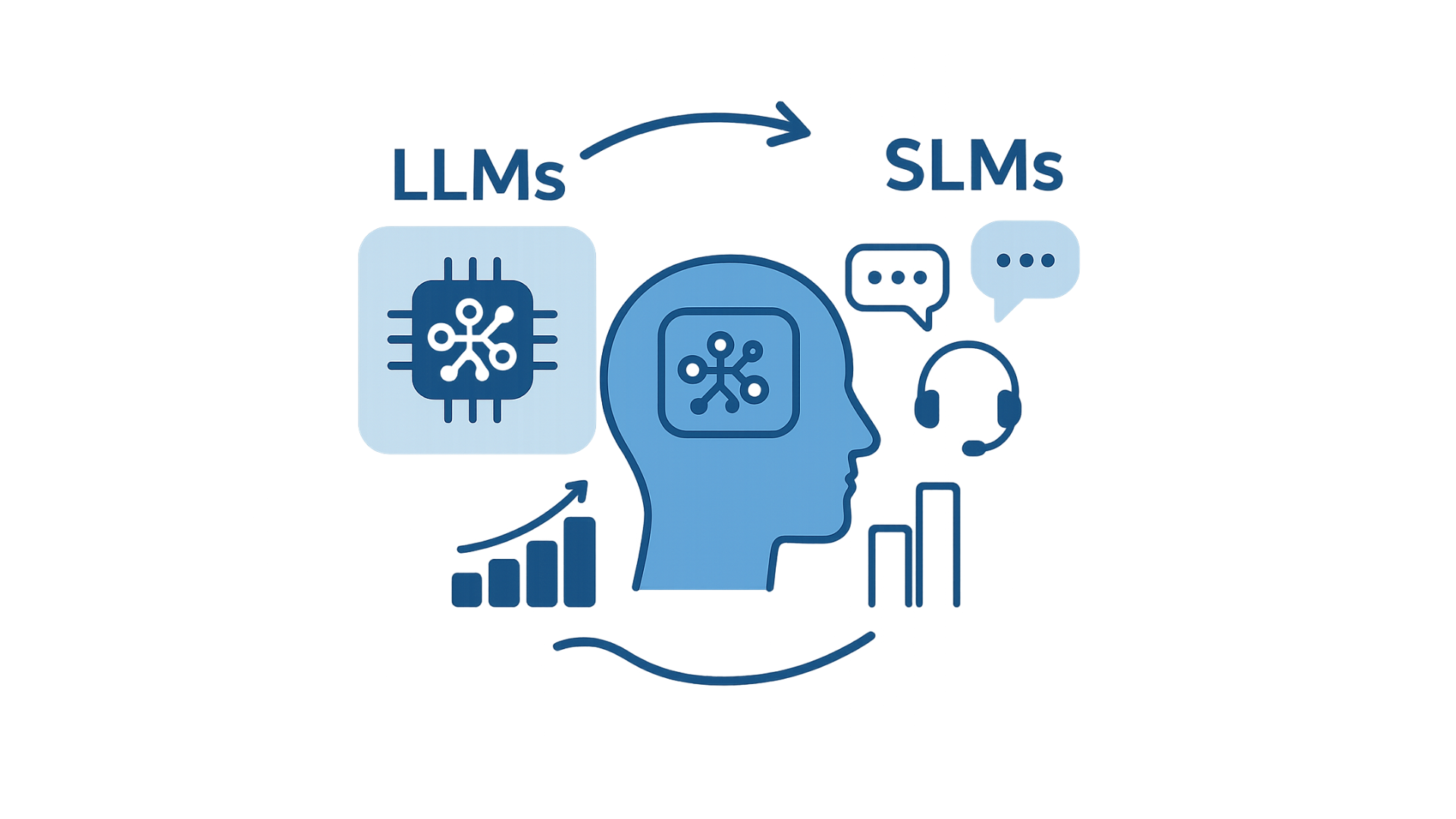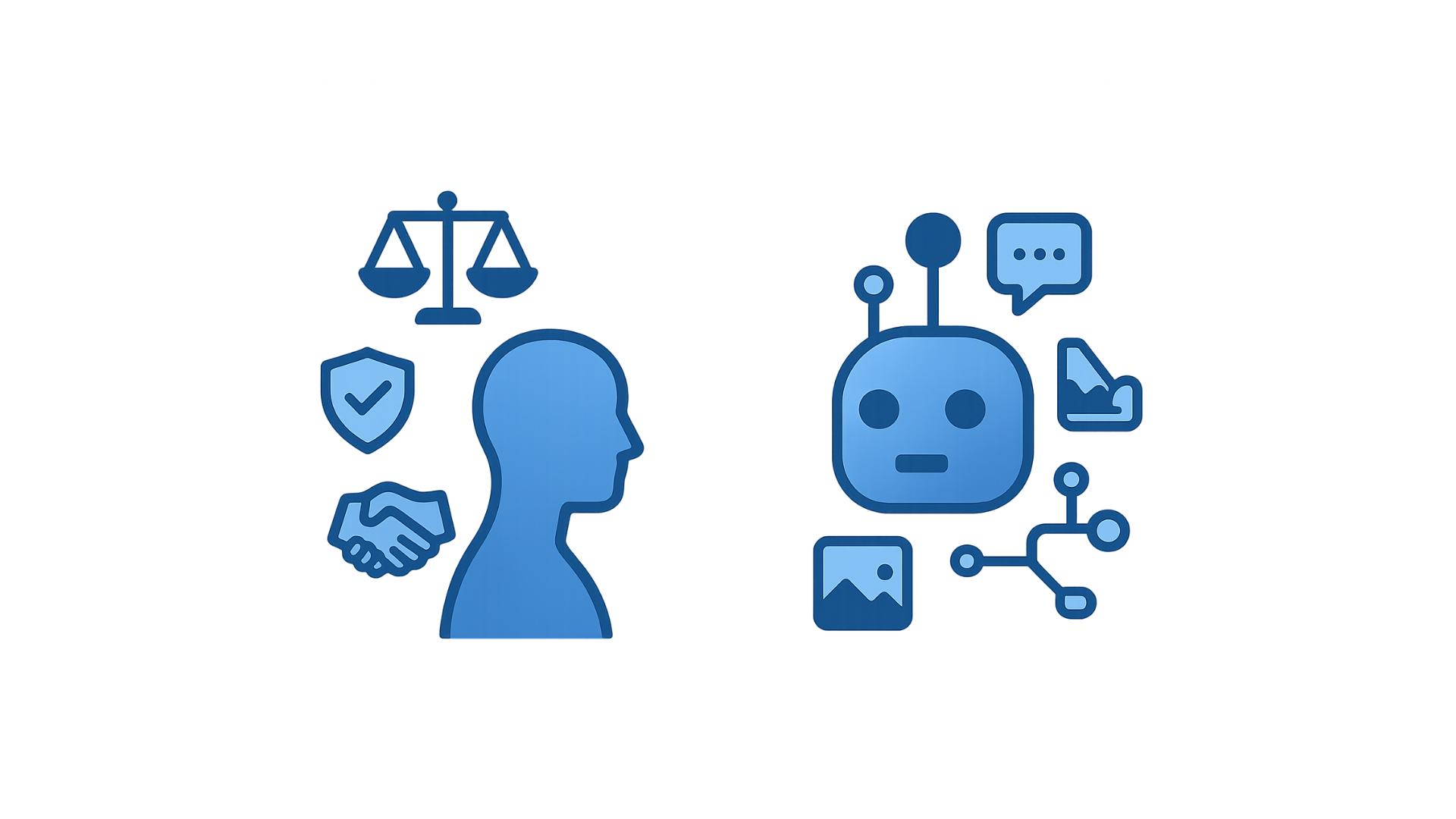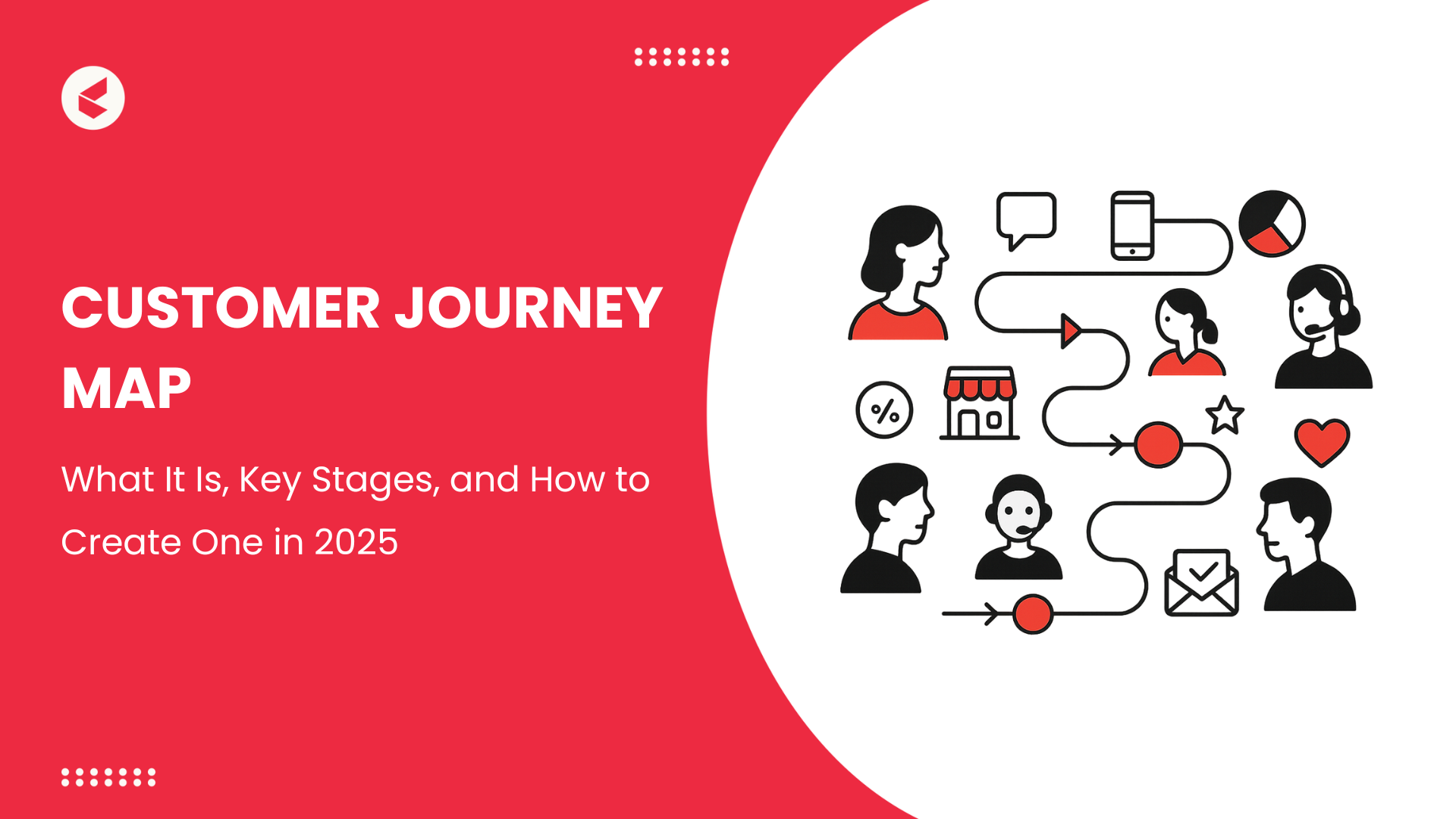Agentic AI in Customer Experience: Beyond Automation to Orchestration
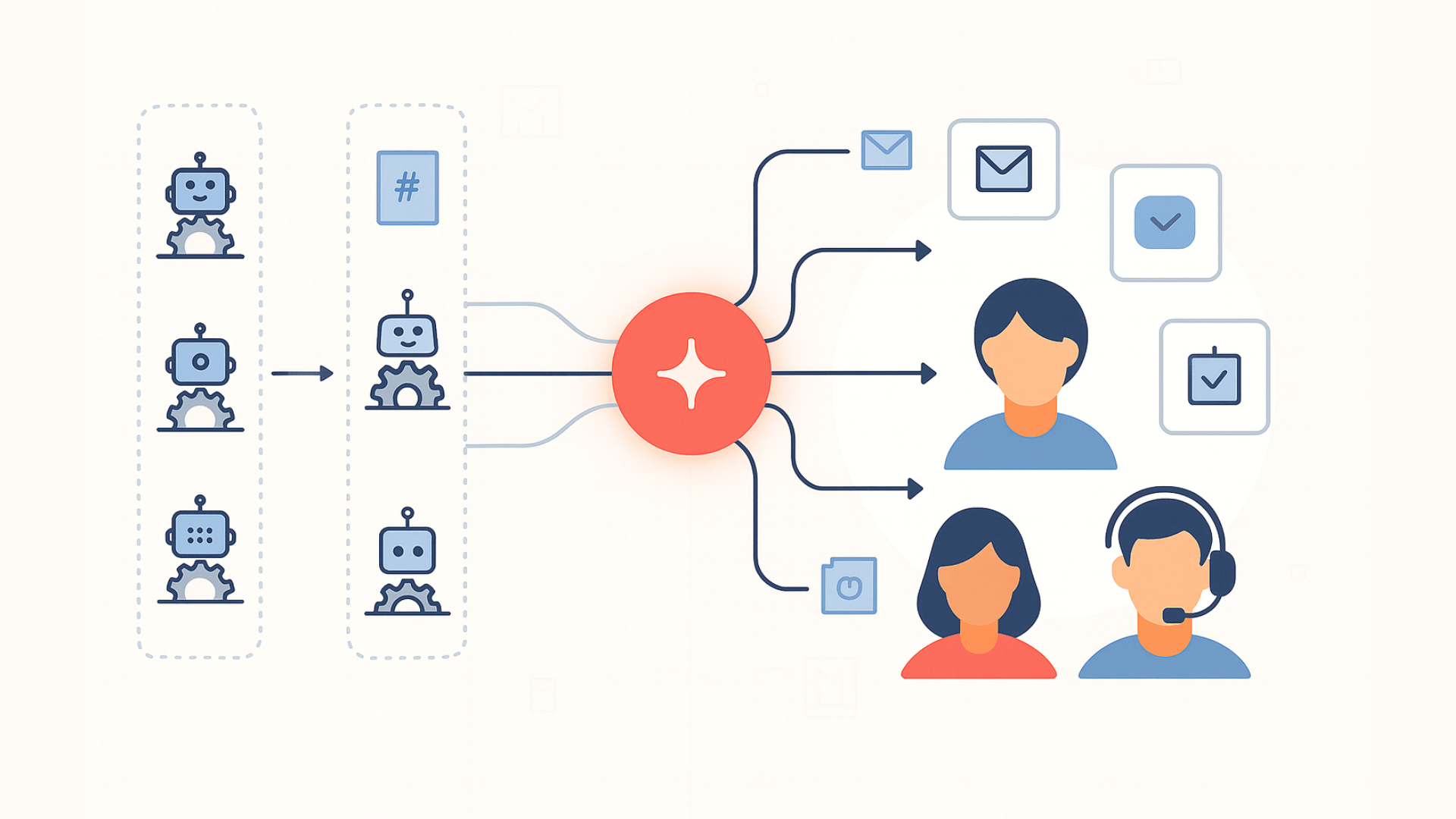
Customer experience (CX) is evolving at a significant pace. Over the past decade, we’ve moved from rule-based chatbots to generative AI copilots that can draft responses and summarize conversations. But while these advances save time, they still stop short of true autonomy.
Enter Agentic AI—the next wave of AI built not just to assist, but to act. Unlike generative models that create content or copilots that offer suggestions, Agentic AI can execute multi-step tasks, make decisions, and orchestrate workflows across systems. For CX leaders, the implications are massive: faster resolutions, proactive customer engagement, and leaner support operations that scale without breaking.
In this long-form guide, we’ll explore the most pressing questions CX leaders ask about Agentic AI—and why it’s quickly becoming the backbone of future-ready support.
Can Agentic AI really handle customer issues end-to-end?
Traditional AI has been strong at handling fragments of customer support—drafting an email reply, suggesting a help doc, or routing a ticket. But CX leaders often ask: Can it actually close the loop?
With Agentic AI, the answer is yes. These systems aren’t just text predictors; they can trigger actions across platforms, coordinate steps, and resolve an issue without constant human intervention.
Examples in action:
- Retail: A delayed delivery triggers an AI agent to check order status, issue a refund, and notify the customer—all without waiting for an agent to intervene.
- BFSI: When a card is reported lost, an AI agent blocks the card, initiates a replacement request, and sends fraud-prevention guidance to the customer.
- Travel: A flight cancellation prompts the AI agent to rebook the traveler on the next best option, apply loyalty vouchers, and update itineraries.
The shift is from “AI as an assistant” to “AI as a problem-solver.” That’s what makes Agentic AI different: it doesn’t just prepare humans to act; it acts itself.
How can Agentic AI reduce backlogs in high-volume support teams?
One of the biggest struggles in CX is the ticket backlog. Enterprises in retail, BFSI, and travel often process tens of thousands of tickets monthly. Even small delays cascade into missed SLAs and frustrated customers.
Agentic AI helps shrink backlogs by:
- Automating triage: Every ticket is categorized and prioritized instantly.
- Direct resolution: Repetitive cases—refunds, balance lookups, address changes—are solved automatically.
- Workflow orchestration: Tickets that need escalation are enriched with context before reaching humans.
Vertical snapshots:
- Retail: Holiday surges create 3× the normal volume of order inquiries. AI handles delivery updates directly, leaving only exceptions for agents.
- BFSI: Fraud alerts spike during shopping seasons. Agentic AI detects, categorizes, and escalates urgent cases to fraud prevention teams instantly.
- Travel: Flight disruptions create floods of refund requests. AI pre-fills claims and rebooking options before agents pick them up.
Instead of backlogs ballooning, AI deflates them at the source.
Can Agentic AI work alongside human agents instead of replacing them?
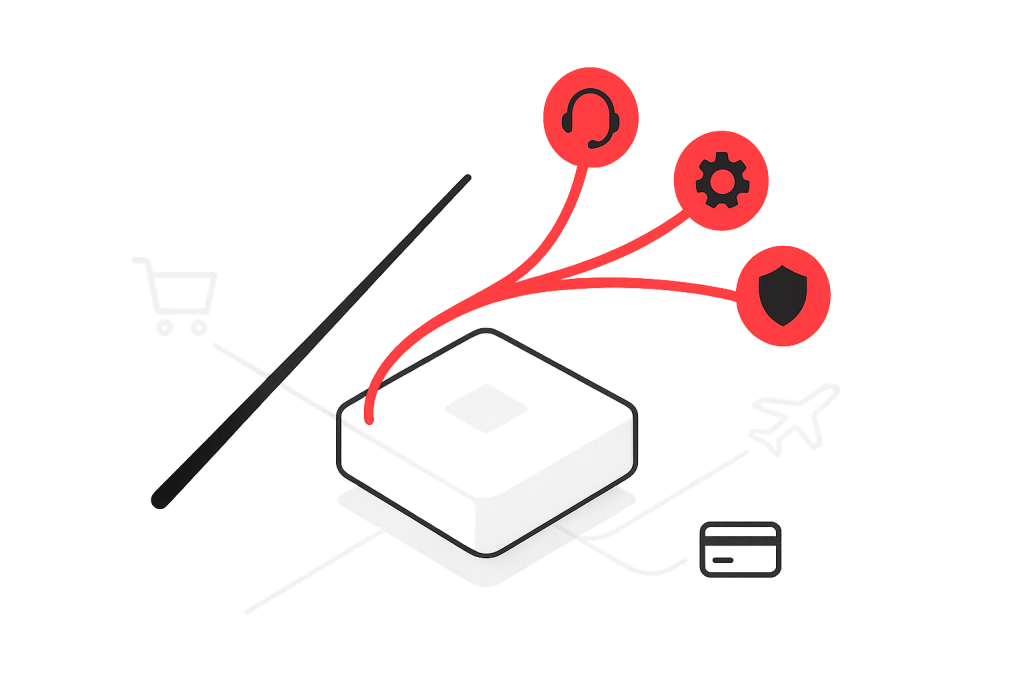
This is the elephant in the room: Will Agentic AI replace humans? The reality is more nuanced.
Agentic AI thrives at handling repetitive, structured, and rules-driven tasks. Human agents thrive at empathetic, complex, or sensitive conversations.
Together, they create a hybrid model:
- AI deflects repetitive cases before they reach agents.
- AI copilots inside tickets accelerate triage, drafting, and context gathering.
- Agents focus on high-value interactions—relationship-building, escalations, and emotional support.
For employees, this means less drudgery and more meaningful work. Gartner research shows that organizations investing in employee experience (EX) outperform peers in CX metrics 2:1—because happy agents make for happier customers.
How does Agentic AI improve productivity without sacrificing quality?
Efficiency gains are clear: McKinsey and Gartner both estimate that AI augmentation reduces handle time by 20–40% on average. But leaders often ask: Does faster mean sloppier?
Not with Agentic AI. By orchestrating workflows across systems, it ensures consistency and compliance while saving time.
Impacts on core CX metrics:
- AHT (Average Handle Time): Drops because AI pre-fills responses and enriches tickets with data.
- FCR (First Contact Resolution): Improves because AI guides agents to the right solution upfront.
- SLA adherence: AI ensures urgent tickets are prioritized and deadlines aren’t missed.
Hidden ROI:
- Fewer misrouted tickets and escalations.
- Lower compliance risk with AI-enforced policies.
- Consistent tone and messaging across agents.
The net effect isn’t just speed—it’s better service delivered faster.
Can Agentic AI personalize customer experiences at scale?
Personalization is a holy grail in CX. Customers expect brands to know their history, preferences, and context in every interaction. But scaling this has always been a challenge.
Agentic AI helps by:
- Using context across channels: Pulling together CRM data, past interactions, and purchase history.
- Delivering proactive updates: For example, alerting a customer about a delayed shipment before they even raise a ticket.
- Tailoring resolutions: Offering loyalty rewards, tier-based refunds, or custom recommendations based on customer profile.
For enterprises, this means personalization without exponential human effort. Customers get the feeling of one-to-one service, even at massive scale.
How can CX leaders roll out Agentic AI step by step?
Like any powerful technology, adoption needs structure. Leaders often ask: Where do we start?
A phased approach works best:
- Start small: Target repetitive use cases like refunds, balance checks, or password resets.
- Train agents as partners: Reinforce that AI is a copilot, not a competitor.
- Expand scope gradually: Move from ticket triage → resolution → QA automation.
- Monitor closely: Track AHT, FCR, CSAT, SLA adherence, and agent EX.
- Put guardrails in place: Governance, observability, and explainability are critical.
This way, AI adoption feels less like disruption and more like evolution.
Can Agentic AI deflect tickets before they ever reach an agent?
Yes—and this is where ROI becomes exponential.
With AI Self-Serve, customers resolve queries themselves via voice or chatbots. But unlike legacy bots, Agentic AI can act. That means not just answering “Where is my order?” but checking logistics systems, updating status, and sending confirmation.
Examples:
- Utilities: Outage reports are logged and linked to repair updates automatically.
- Healthcare: Appointment reschedules are handled end-to-end, including slot booking and insurance validation.
- Travel: Customers can rebook flights directly via chat without agent intervention.
This reduces inbound ticket volume while improving customer satisfaction.
How do we make sure Agentic AI is safe and compliant?
CX leaders in regulated industries (BFSI, healthcare, utilities) know that compliance is non-negotiable. AI without guardrails creates risk.
To deploy Agentic AI responsibly:
- Audit trails: Every AI-driven action should be logged and reviewable.
- Explainability: AI should provide reasoning for its choices (e.g., why it refunded an order).
- Human-in-the-loop: Sensitive actions should still require human approval.
- Data governance: Knowledge bases and CRMs must be up to date to avoid errors.
PwC and Deloitte emphasize that governance frameworks are as important as the AI itself. Trust is earned not just through speed, but through accountability.
How will Agentic AI shape the future of customer support?
Analysts predict Agentic AI adoption will accelerate rapidly. Gartner forecasts that by 2026, 80% of customer service organizations will use AI-driven assistants.
The future is moving toward:
- Agentic orchestration: Multiple AI agents (self-serve, triage, QA) working in harmony.
- Proactive CX: Predicting issues (like billing errors or shipping delays) before customers raise them.
- Voice-native experiences: Conversational AI handling complex calls with human-like fluency.
- Continuous learning loops: AI evolving with every interaction to improve accuracy.
In other words, Agentic AI won’t just be support’s backbone—it will be its nervous system, predicting, acting, and learning at scale.
Final takeaway: Can your support ops keep pace with Agentic AI?
Agentic AI is no longer theory. It’s already reshaping how enterprises deliver CX, moving from assistance to orchestration.
At Kapture, we’ve built an AI Agent Suite designed to unlock this shift:
- AI Self-Serve → deflects repetitive queries at the source.
- AI Agent Assist → copilots for faster, smarter resolutions.
- AI Post-Interaction Intelligence → QA and coaching at scale.
The orchestration is the differentiator: multiple AI agents working together to streamline workflows across industries.
For CX leaders, the question isn’t “Should we explore Agentic AI?” but “How fast can we integrate it to transform both customer and agent experiences?”
The future of CX is not just automated—it’s agentic.
Your Plan. Your Value. Your Growth.
Your business is different – and the pricing should reflect that.
Let’s build a plan that matches your goals, maximizes ROI, and scales with your success.
